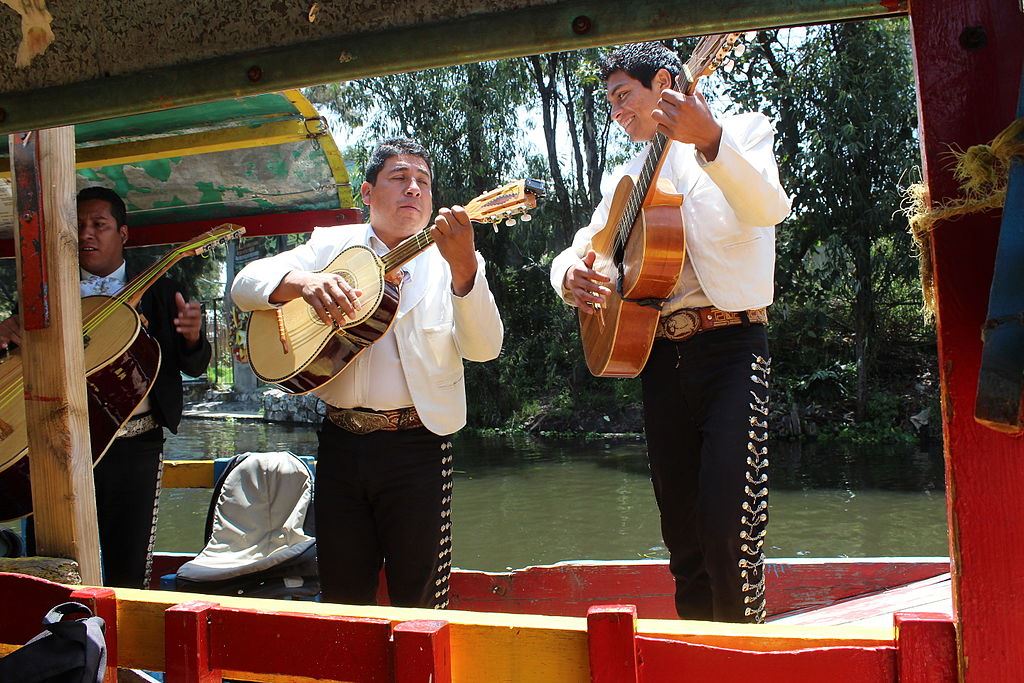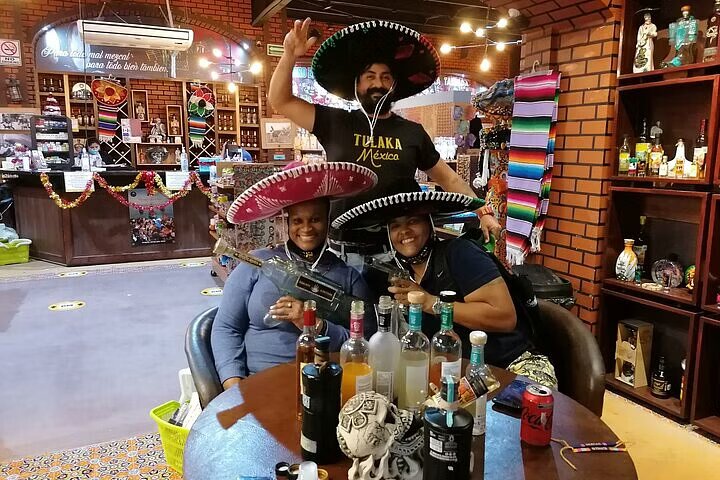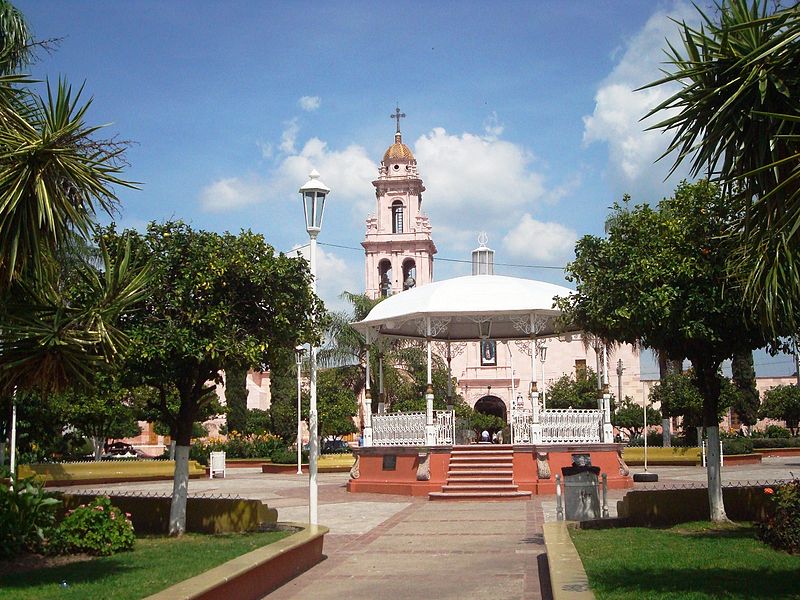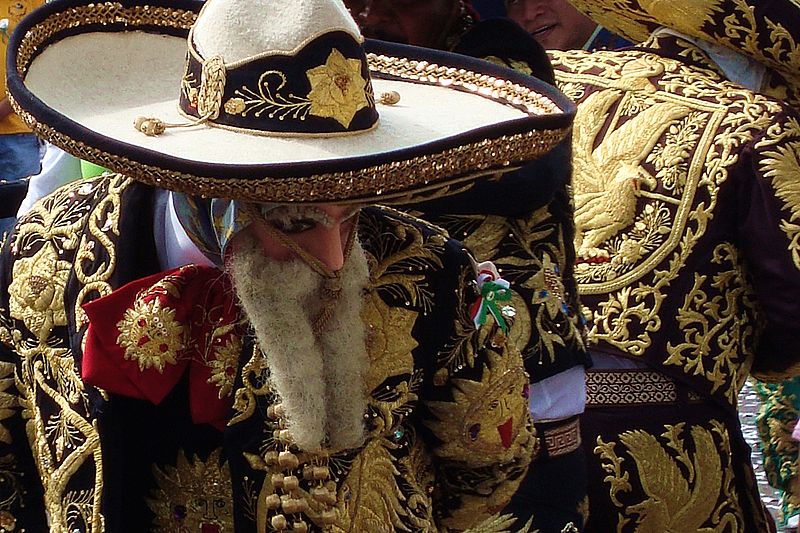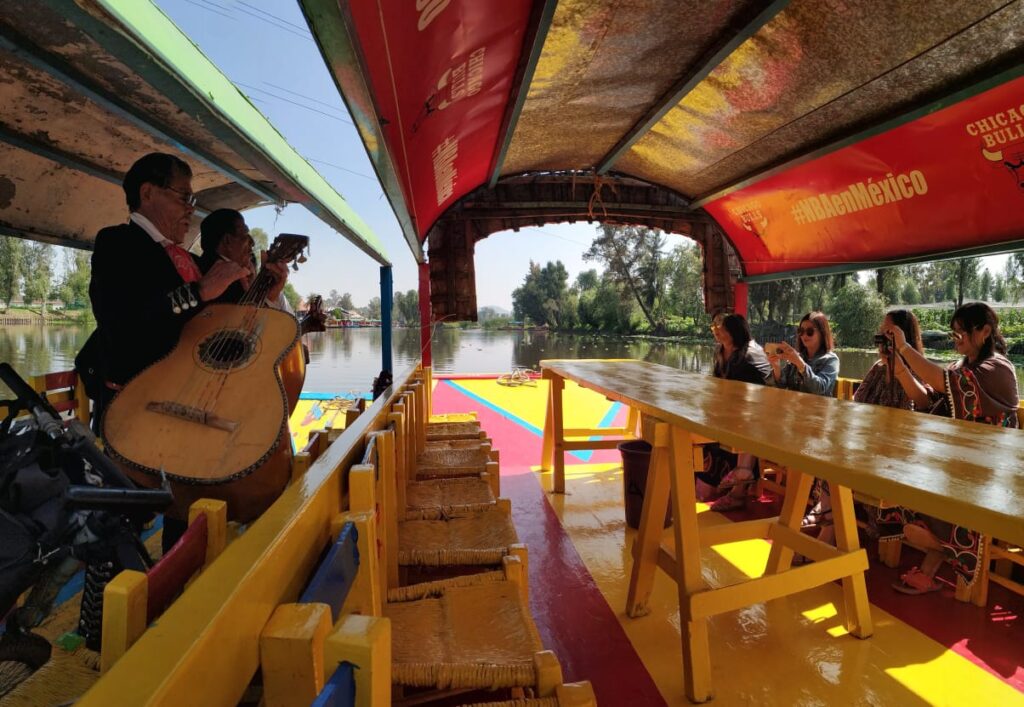What is a Mariachi? Discovering the Beautiful Mexico’s Musical Legacy
We as Mexicans think about this a lot: what would we do without music? If you are into music, you will really like this article.
What is a mariachi or what are mariachis?
Why are they so important in Mexican culture and traditions?
What is the origin and meaning of mariachis?
Where to enjoy an afternoon full of mariachis?
What songs do we recommend?
Discover and fall in love with Mexico's musical legacy with us, Viva Mexico and its music!
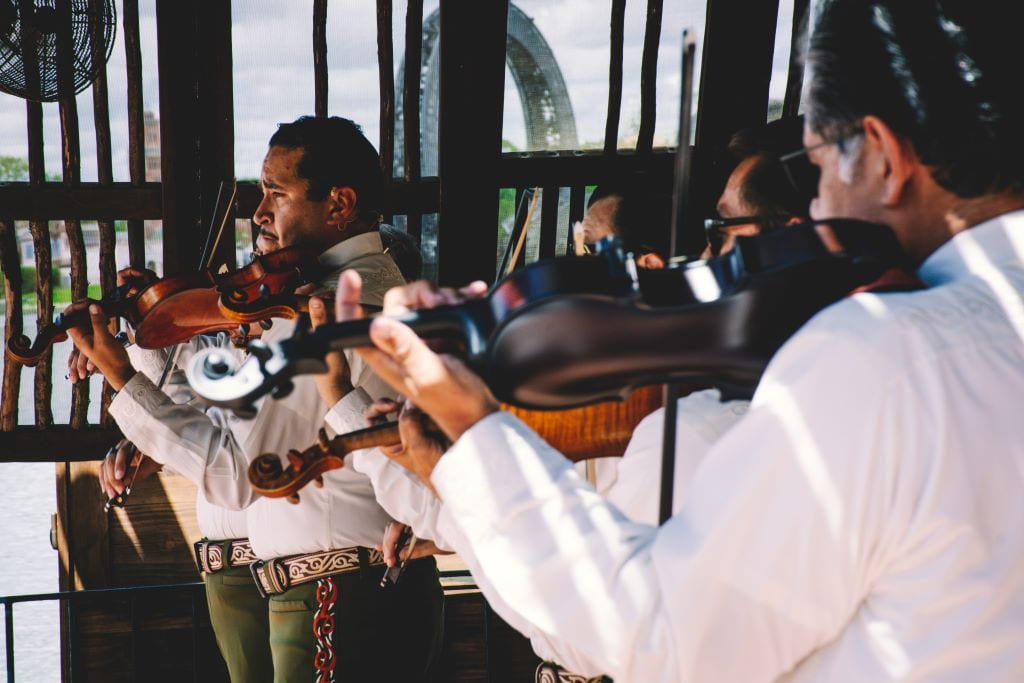
Table of Contents
- What is a mariachi or what are mariachis? 🎶
- Origin and meaning of mariachi? 🎵
- What is a “Charro“? 🤠
- Best places to see and sing with mariachis 🎸
- Recommended songs 🎺
- Conclusion (Importance of mariachis in Mexican culture) 🎻
- Informative video 🥁
If you want to become a mariachi stuff expert, stay with us and prepare to serenade your partner. Ay, ay, ay! ❤️
What is a mariachi or what are mariachis?
If you have ever traveled to Mexico and seen men in colorful or curious clothes singing songs in a bar, restaurant, or public plaza, you must be wondering, who are they? What is a mariachi or what are mariachis? Well, here is a brief answer.
Mariachis are a musical ensemble ranging from three to more men who play traditional Mexican songs and lovely melodies. In fact, their sombreros (hats) are very famous around the world.
Most of the songs are somewhat sad or for ‘dolidos’ which means, for someone who got their heart broken. But that is not always the case! Mariachis also sing about life, emotions, feelings, celebrations, romance, and having the best time of your life while enjoying and partying in Mexico. Be sure to have your Tequila or Mezcal shot while listening to mariachi music!
Mariachi is so important in Mexico, that UNESCO named it a World Heritage Site in 2011. This is the meaning of what is a mariachi and what are mariachis according to UNESCO:
“Mariachi is a traditional Mexican music. It is a key part of Mexican culture. Traditional mariachi groups have two or more musicians dressed in regional clothes, inspired by the charro outfit. They play a wide range of songs using stringed instruments.
Modern mariachi groups have trumpets, violins, vihuelas, and guitarrones. They usually have four or more musicians. Mariachi music includes songs from different parts of Mexico, like jarabes, minués, polkas, valonas, chotis, waltzes, serenades, corridos (Mexican ballads about fights, adventures, and love stories), and traditional rural songs.
Modern mariachi…
has also taken on other music styles like ranchera, bolero ranchero, and even Colombian cumbia. The lyrics of mariachi songs often express love for the land, the hometown, Mexico, religion, nature, Mexican women, and the strength of the country.
Mariachi music is mainly learned by ear. Skills are passed down from parents to children, and through performances at festivals, both religious and civil. Mariachi music teaches respect for Mexico’s natural heritage, local history, and local culture.”
Origin and meaning of mariachi
A lot of the music and songs, both religious and not religious, from the Middle Ages were because of Catholicism. After the music and songs became popular all over Europe thanks to the troubadours and minstrels, these traditions came to Spain. And as you know, Spain conquered Mexico in 1519, and many Franciscan priests then started to spread Christianity in Mexico.
That’s why in the 16th century, three main rhythms influenced and created this regional music: the sounds of the indigenous people, Europeans, and Africans. But it was the people living in Cocula, Jalisco, who changed the rhythm of the chants the priests used to spread Christianity.
This music became popular among the states of Nayarit, Jalisco, Michoacán, Colima, Zacatecas, Aguascalientes, and Guerrero. As you can see, it was very famous in different states of western Mexico, developing a great variety of styles and variations.
That’s why we say the mariachi comes from the beautiful state of Jalisco. Indeed, Jalisco is the home and birthplace of this musical genre. This mariachi music mixed together many different styles and variations. The main instruments were guitars, lutes, and violins, along with conch shells, teponaxtle, and reed flutes.
Meaning of the word Mariachi:
The meaning and true origin of the word “mariachi” is still a mystery that has caused much speculation and controversy. Some say it is a Gallicism, others that its origin comes from Nahuatl, but it is still not known with certainty who gave this name to the mariachis.
Some say the term “mariachi” began to be used to refer to the party accompanied by musicians, according to a letter written in 1852 by the priest Cosme de Santa Anna to the Bishop of the state of Nayarit.
There is a myth about the origin of the word, which says that during a wedding of ranchers in Jalisco, some French soldiers asked what that music was called, and the interlocutor replied “c’est un mariage” (It’s a wedding), which led to “mariachi”. If you were wondering what French soldiers were doing in the 1800s, I recommend you read this post. Plus, you’ll learn more about the famous Cinco de Mayo!
🌴 Want to visit Jalisco and listen to mariachis in their original land? Check out our tours:
- Jalisco Tequila Tour: Adventure in Wonderful Magic Town Tequila (Private / 6h)
- Tequila Jalisco Tour: Explore Guachimontones Ruins and Charming Tequila Town (Private / 6h)
- Tequila Tour Guadalajara: Visit Fantastic Towns and Local Distillery (Group / 8h)
What is a Charro?
The charro, the traditional Mexican cowboy and rancher, is an important part of the mariachi tradition. In the early 1900s, the charro style of dress, including the fancy jacket, tight pants, boots, and wide hat, became strongly linked to mariachi music.
It was the mariachi leader Cirilo Marmolejo who first used the charro costume for his group in the 1920s. This quickly became the standard outfit for mariachi musicians. The charro look gave the mariachi sound a sense of pride, tradition, and authenticity, connecting the music to Mexican heritage and rural ranch culture.
Today, the image of a mariachi group in full charro clothes remains an iconic symbol of Mexican identity and pride. The combination of the mariachi’s musical artistry and the charro’s proud ranching background is a uniquely Mexican cultural expression that has fascinated people around the world.
The Evolution of Mariachis:
- In the late 1700s, the guitarrón and Mexican vihuela were created to replace the lute and bass. This gave the mariachi music a more distinctive character.
- During the time of Emperor Maximilian, mariachi was seen as popular music. However, after the Mexican Revolution, it became a symbol of national pride.
- In the 1920s, the mariachi group led by Cirilo Marmolejo started wearing the charro costume, and this style quickly became the norm for mariachi musicians.
- Then in the 1930s, the same Cirilo Marmolejo was the first to record mariachi music with trumpets, which was the last major innovation for the genre.
Mariachi Diversity:
Mariachi performs different styles, such as sones, corridos, pasodobles, boleros, danzones, serenades, among others. Indeed, The Mariachis have become a symbol of Mexican identity, present at parties, celebrations, and accompanying iconic figures such as Lázaro Cárdenas.
Best places to see and sing with mariachis
Mexico has many great places to see and hear mariachi music. One of the most famous is Garibaldi Plaza in Mexico City. Mariachi bands perform there day and night.
The plaza is a center of mariachi activity, with groups in traditional charro outfits playing all different regional styles and classic songs. You can hire a band to play right at their table, letting them fully experience the lively, energetic atmosphere.
Besides Mexico City, other great places to see mariachi include the pretty canals of Xochimilco in Mexico City, and the mariachi-loving city of Guadalajara, which is in the state of Jalisco.
In Xochimilco, you can ride on colorful boats called trajineras while listening to mariachi music all around. And in Guadalajara, the modern mariachi’s birthplace, you can see performances downtown or at special mariachi festivals celebrating this beloved music. No matter where you go in Mexico, you’ll never be far from the captivating sounds of mariachi.
Recommended songs and artists
If you want to learn more about the music of the mariachis, you can watch films from the Mexican Golden Age. There, you will find great Mexican musical references such as Pedro Infante, Jorge Negrete, and Javier Solis. But let’s get nitty-gritty, here are some musical recommendations:
- No Discutamos – Lucha Villa
- Cucurrucucú Paloma – Lola Beltrán
- Amor Eterno – Rocío Durcal
- ¿Por qué me haces llorar? – Juan Gabriel
- Acá Entre Nos – Vicente Fernández
- La Bikina – Luis Miguel
- Como Quien Pierde Una Estrella – Alejandro Fernández
- Cien Años – Pedro Infante
- Ay Jalisco No Te Rajes – Jorge Negrete
- Media Vuelta – Javier Solis
- El Son De La Negra / Guadalajara – Mariachi Vargas de Tecalitlán
- Cielito Lindo – MARIACHI NUEVO TECALITLÁN
Conclusion
Finally, mariachis are part of the heart and soul of Mexican culture. If you are still wondering what is a mariachi or what are mariachis, I hope you can get more context on what they mean in Mexican traditions, culture, and folklore.
Mexican music has an amazing history with many great artists, composers, singers, etc. You can understand the social and cultural context of the country through each verse that is expressed in mariachi songs.
The next time you visit Mexico, don’t forget to appreciate and listen to the mariachi songs and remember how vast and rich in traditions Mexico is. No matter where you come from, music is universal and is part of what makes us happy and accompanies us in difficult moments of our lives.
Besides, through music, you can also have another pretext to travel and get to know new cultures and countries. Now you can tell your friends and family: “Hey, how about going to Mexico for a musical tour? The mariachis are waiting for us to sing all night with them!” Keep the fiesta going!
